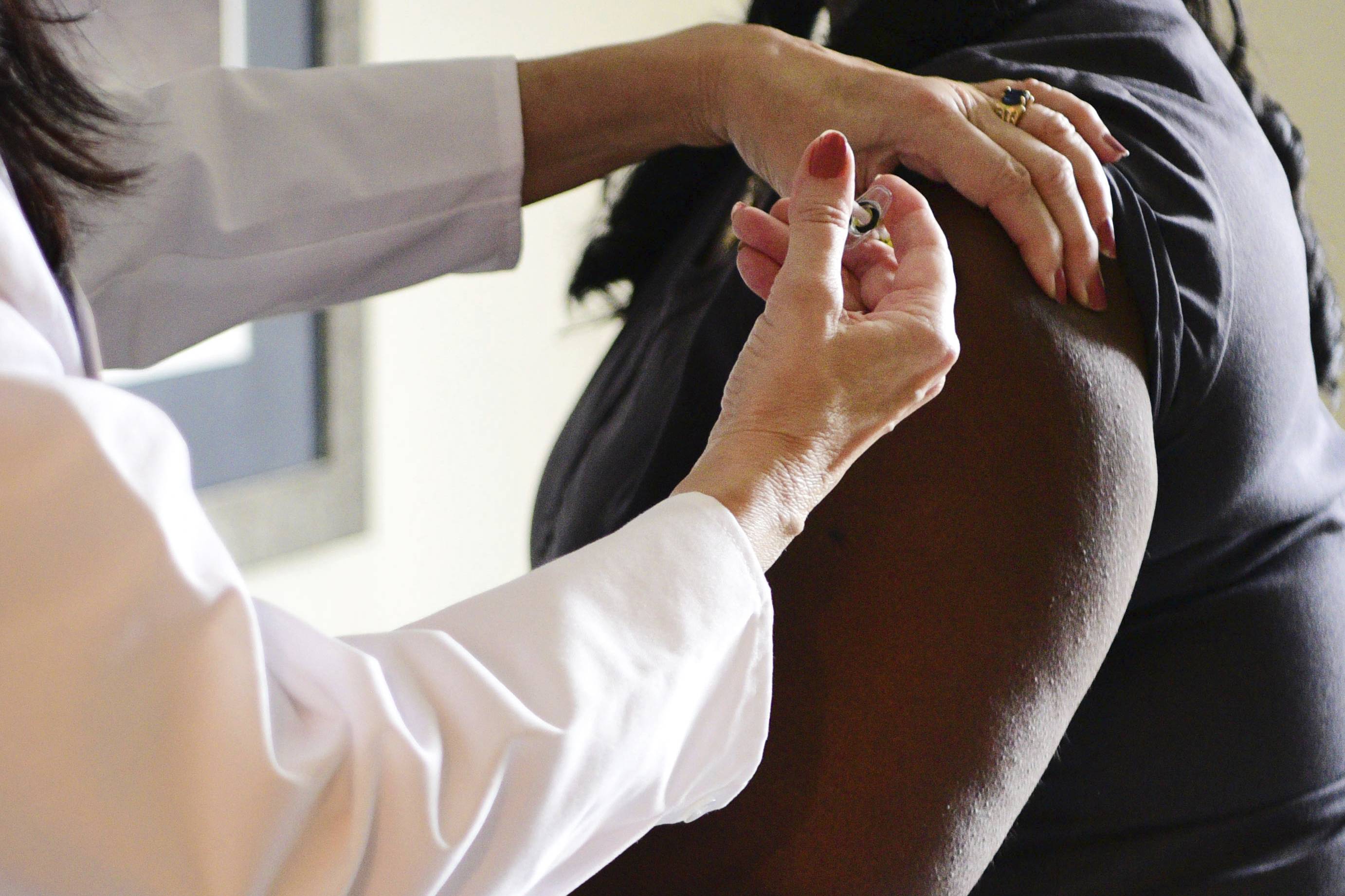After eight months of chaos and more than 1 million deaths worldwide, we might soon have a vaccine for the novel coronavirus. With as many as 150 vaccines in development — nearly 40 in late-stage clinical trials — it could come by the end of this year, although most experts see 2021 as more likely.
Getting a vaccine is one thing, but distributing it is another. There won’t be enough doses for everyone, at least early on, raising the delicate matter of who should get the vaccine first. Even if we agree on the goal — say, saving as many lives as possible — there may be no obvious answer. Vaccinating the most vulnerable probably makes sense for this virus, as nearly all fatalities occur in the 65-and-over age group.
Yet epidemics work in counterintuitive ways, with subtle details of how the virus or vaccine affects different people carrying huge weight. Modeling studies suggest that lots of good could also come from focusing resources on who is most likely to be spreading the virus — in this instance, younger people and children. Before we get a vaccine, we need far more research to investigate how it might be best deployed.



















With your current subscription plan you can comment on stories. However, before writing your first comment, please create a display name in the Profile section of your subscriber account page.